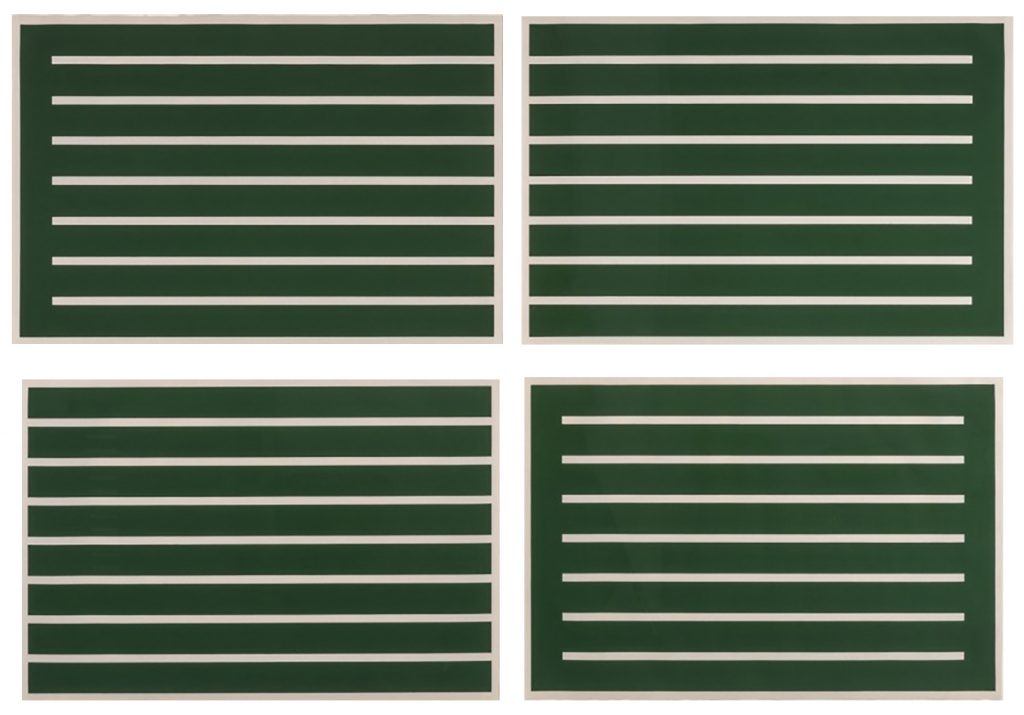The Ideas of Minimalist Artists
Minimalist artists in 1960s and early 1970s distanced themselves from the Abstract Expressionists by removing suggestions of biography from their art or, indeed, metaphors of any kind. This denial of expression coupled with an interest in making objects that avoided the appearance of fine art led to the creation of sleek, geometric works that purposefully and radically eschew conventional aesthetic appeal.

The post-Sputnik era revived active interest in Russian Constructivism. The Constructivist approach led to the use of modular fabrication and industrial materials in preference to the craft techniques of traditional sculpture. The readymades of Marcel Duchamp were also inspirational examples of the employment of prefabricated materials. Based on these sources, Minimalists created works that resembled factory-built commodities and upended traditional definitions of art whose meaning was tied to a narrative or to the artist.
The use of prefabricated industrial materials and simple, often repeated geometric forms together with the emphasis placed on the physical space occupied by the artwork led to some works that forced the viewer to confront the arrangement and scale of the forms. Viewers also were led to experience qualities of weight, height, gravity, agility or even the appearance of light as a material presence. They were often faced with artworks that demanded a physical as well as a visual response.

Minimalists sought to break down traditional notions of sculpture and to erase distinctions between painting and sculpture. In particular, they rejected the formalist dogma espoused by the critic Clement Greenberg that placed limitations on the art of painting and privileged artists who seemed to paint under his direction. The Minimalists’ more democratic point of view was set out in writings as well as exhibitions by their leaders Sol LeWitt, Donald Judd, and Robert Morris.
Minimalist Artists
View original prints by leading Minimalists.
